Third World Dallas
We Can All Agree that all citizens deserve a clean, safe, and walkable city.
My first memory of Harry Hines Boulevard as a “Dallas kid” (we lived south of Belt Line in nearby suburb Carrollton) is from the 1980’s. My family and grandparents lived on a couple of acres with two goats on the property; this necessitated occasional trips with my mom to a feed store on Harry Hines. From there I don’t have a specific memory but I gradually came to understand that this is the road in town where prostitutes worked. More recently I routinely cut across Harry Hines to my home in Northwest Dallas and periodically go to one of my favorite stores in Dallas, Soccer Premier.
On a recent trip to Soccer Premier I noticed a tent/shanty just off of the road and resolved to come back on my bike to inspect the area. With Chris Arnade1 as my inspiration, I set out to photograph what life was really like in a small part of Harry Hines and the nearby portions of Royal Lane and Walnut Hill Lane. A selection of my photos and commentary are below together with a high level vision I hope We Can All Agree on. My ideas for solving the problems presented are at the end of the piece.
This trip was on a sunny Saturday afternoon, and I started near the intersection of Dennis/Royal Lane. This is an intersection people drive through every day to multi-million dollar homes and generally just lock their doors and drive fast. The two gas stations on the northern side of this intersections combine to form one of several unofficial day laborer pickup spots in the area2. Nearly every day of the year 5-20 men are loitering, ready to hop in your truck to work.
To the east is the “C Store” where the smell of human urine is overpowering near the open dumpster enclosure. Behind it is a group of three people, two men and 1 woman, together with belongings and bikes. It’s not clear what is happening but it appears to be at least a temporary shelter for this group.
Moving east across the parking lot, I encountered a tall young man with one shoe and his underwear on the outside of his pants, screaming loudly. Previously I had seen him in the DART bus shelter nearby with a companion with no shoes.
A woman was hanging her wet laundry on the fence by the C Store and as I turned into the alley (behind Brockbank) a woman was sitting on a box with her head under a sweatshirt doing drugs of some type. When I passed by the sound of the flicking lighter was apparent; there was trash and debris all over and a man further down the alley just sitting and staring so I turned back.
A couple of blocks down this alley is the site of the notorious former drug den, the Han Gil hotel.
There are no sidewalks on this stretch of Royal, so it was a battle to get the two blocks over to Harry Hines.
Along the way I passed the ongoing construction site for a new low-income housing project, The Standard at Royal Lane3.
Next I passed a woman hiding a few feet from Royal Lane and using the bottom of a coke can as her drug delivery device; she declined my offer of a bottle of water.
Making the turn onto Harry Hines the volume of code violations for signage, outside storage, parking and trash is overwhelming.
Underneath a bridge in the drainage channel was the large makeshift structure that caught my eye a couple of weeks ago. It’s clear there are multiple people residing in this location and the amount of trash and debris is shocking.
Crossing over the street I find much more trash and debris and fantastically non-compliant businesses from strip clubs to car lots and vape shops.
I also saw the bent sign advertising the recently enacted Cruising Ordinance meant to give our police department an additional tool to keep prostitution off of our streets.
This discussion of the Cruising Ordinance revealed a lot about the politics at City Hall, with many councilmembers initially rejecting the idea (including, beyond all belief, this area’s council representative, Omar Narvaez) until the critics actually did a ride-along with a police officer and got up-close with the staggering amount of crime in this area (the eventual vote was unanimous).
My fellow Northwest Dallas denizen Robert Wilonsky has documented the $5 million pedestrian bridge over Harry Hines at Walnut Hill extensively. It is truly a monument to waste and bad design.
This photo captures the result of bad planning and general failure of the system - well-worn dirt paths where sidewalks should be in the shadow of the bridge - cost to install sidewalks is roughly $12 per square foot (so the funds that built the bridge could have built 400,000 square feet of sidewalks).
An additional discovery halfway up the twisting ramp was a relatively well-engineered “home” made out of shopping carts and discarded lumber, complete with a roof reinforced with TXDOT sandbags.
This dwelling made the route impassable on my bike so I walked up the rest of the way.
Heading back up Harry Hines toward Royal, I turned on Southwell and found more bombed out and dangerous properties and failed infrastructure before turning back onto Zodiac Lane.
Passing through on Zodiac I took note of the state of the registration stickers on cars parked on the west side of the street; 10 out of the 21 had expired registration.
The conventional wisdom among the chattering class in Dallas is that North Dallas gets all of the resources and attention of the city and South Dallas is ignored. While historically that may have been true, since 1991 the city has operated under a 14-1 single member district system of governance, resulting in proportionate geographic representation across the city for the past 31 years. This part of town suffers from what I call the “couch cushion” issue, meaning it falls between the cracks of two council districts - it is (and has been during past iterations of the council map) on the furthest edge of District 6 and just beyond the boundaries of District 13. So, there are no residents in the area to complain to the District 6 councilperson, and the residents that are affected by the crime and rot live in District 13 so that councilperson can just say “Not my district”.
We Can All Agree that open drug use, dangerous buildings, no code enforcement, wasteful government spending, dirt paths, and tons of trash are not acceptable in the city we live in. The people that live and work in and around this area deserve a safe, stable and clean environment in which to live their lives. Dallas is a great city and its residents shouldn’t have to live in third world conditions, regardless of their income level. One way the city can provide equity to its citizenry is to ensure all parts of the city are clean and safe. You shouldn’t have to live in a $500,000+ house to have a good quality of life here. This is the point of agreement; the disagreements come when the solutions are debated. But it is important that we establish a baseline where citizens of all views can agree and we acknowledge that we’re pursuing the same vision at least at a very high level. Not all will agree with the solutions below, but it’s a start.
During my afternoon in this part of town I didn’t see one City vehicle or police car and it’s impossible to have less code enforcement or policing. How do we fix this?
Police Substation at Dennis/Royal. This is the point at which the criminality and trash enters the residential neighborhood from this gritty industrial area. A permanent police substation would immediately improve the lives of the citizens and workers in this area.
Proactive code enforcement. This is not a popular topic or mode of improvement, but it is necessary for the creation of a safe and attractive place to live and do business. Again, Dallas is a great city, but when you have tires painted as signs and junked cars lining its major thoroughfares, it doesn’t feel like it. Popular support for the Broken Windows Theory has gone from mainstream to rejected by the left and then now seems to be swinging back into vogue again. I tend to believe it has merit even if it is not a magical formula.
Clean, functional and attractive city infrastructure. Harry Hines itself is in great shape due to a recent construction effort, but the amount of trash, broken fixtures, bent signs and just general signs of neglect let everyone know that nobody cares. A sweep of this area to clean trash and fix the broken things is a great first step.
Repeal annual car inspections and registration. Each of these serves as a tax on car ownership ($25.50 for inspection and ~$75.00 for registration). Together with the time it takes to deal with this paperwork, it results in a regressive tax on the poor with little or no benefit. I’ll be writing a separate post on this idea.
Improved policy on the homeless. I still need to understand more about current policy in Dallas before I offer a solution, but this is a key piece of the puzzle.
Better elected representatives. This area has been represented by either Monica Alonzo or Omar Narvaez since 2011. The current councilperson, Narvaez, is clearly unequal to the task and I’m hopeful a forceful and wise person will step forward to challenge him in next May’s election.
Happy to discuss your suggestions or disagreements with my policy prescriptions in the comments.
Arnade’s 2019 book Dignity made a very strong impression on me. He explores the “Front Row” and “Back Row” in America.
Do a Google street view of this location and go back in time to the prior photos - every one has men looking for work, going back to the first image.
This project is financed in part by the Dallas Housing Finance Corporation, which I served on for 2 years. I voted against this project due to its proximity to prostitution and drug use as well as lack of compatible land use nearby.



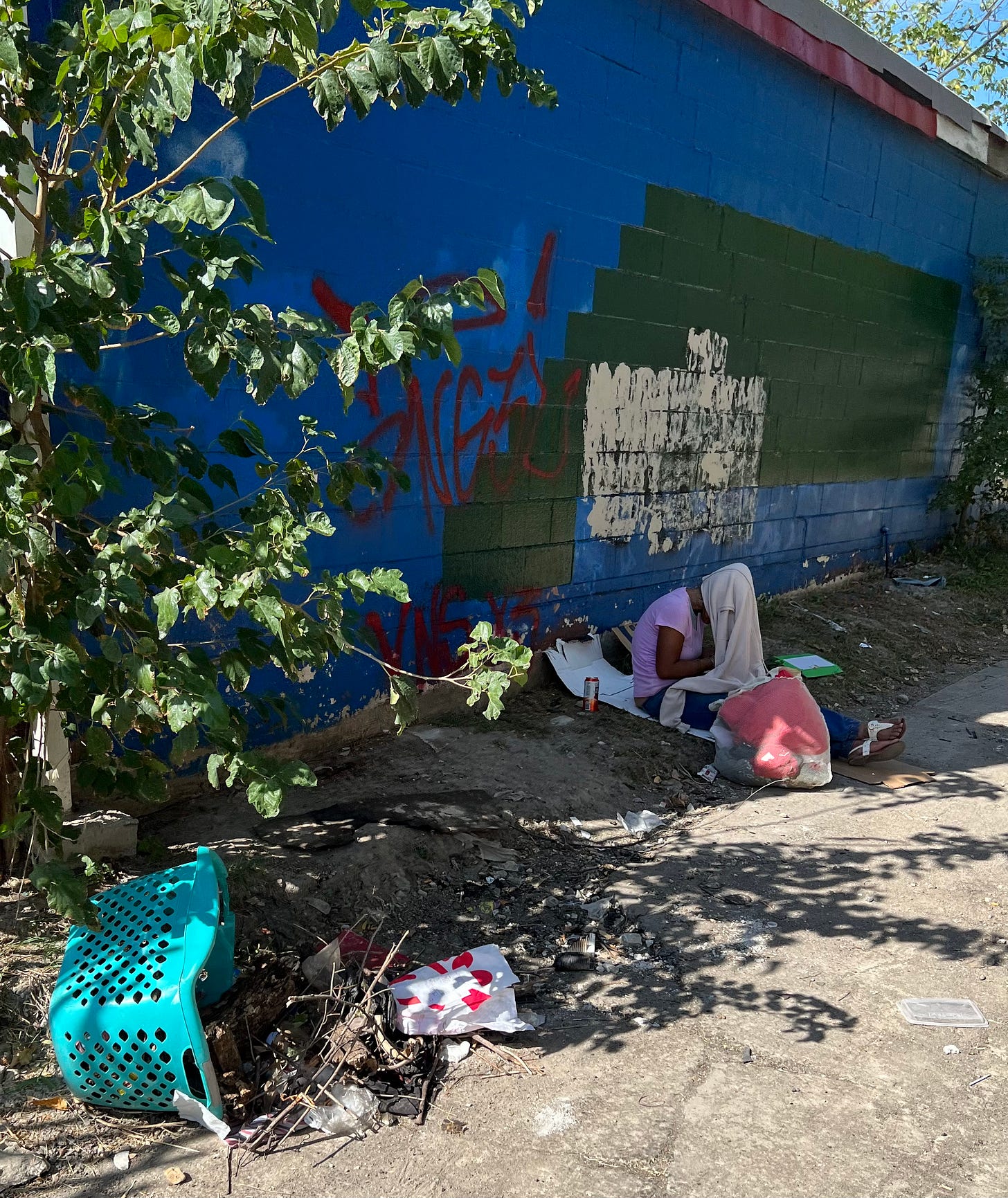
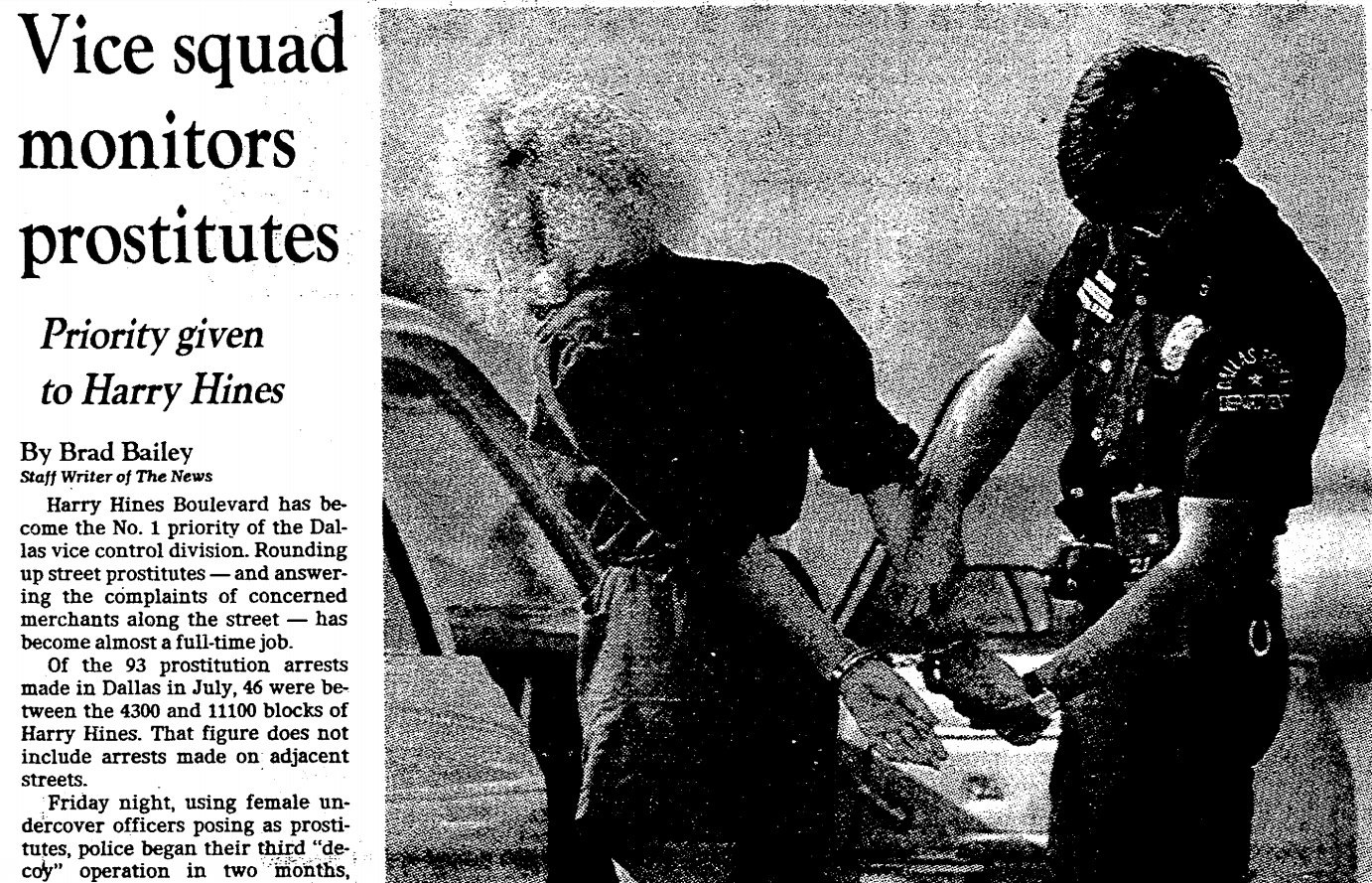

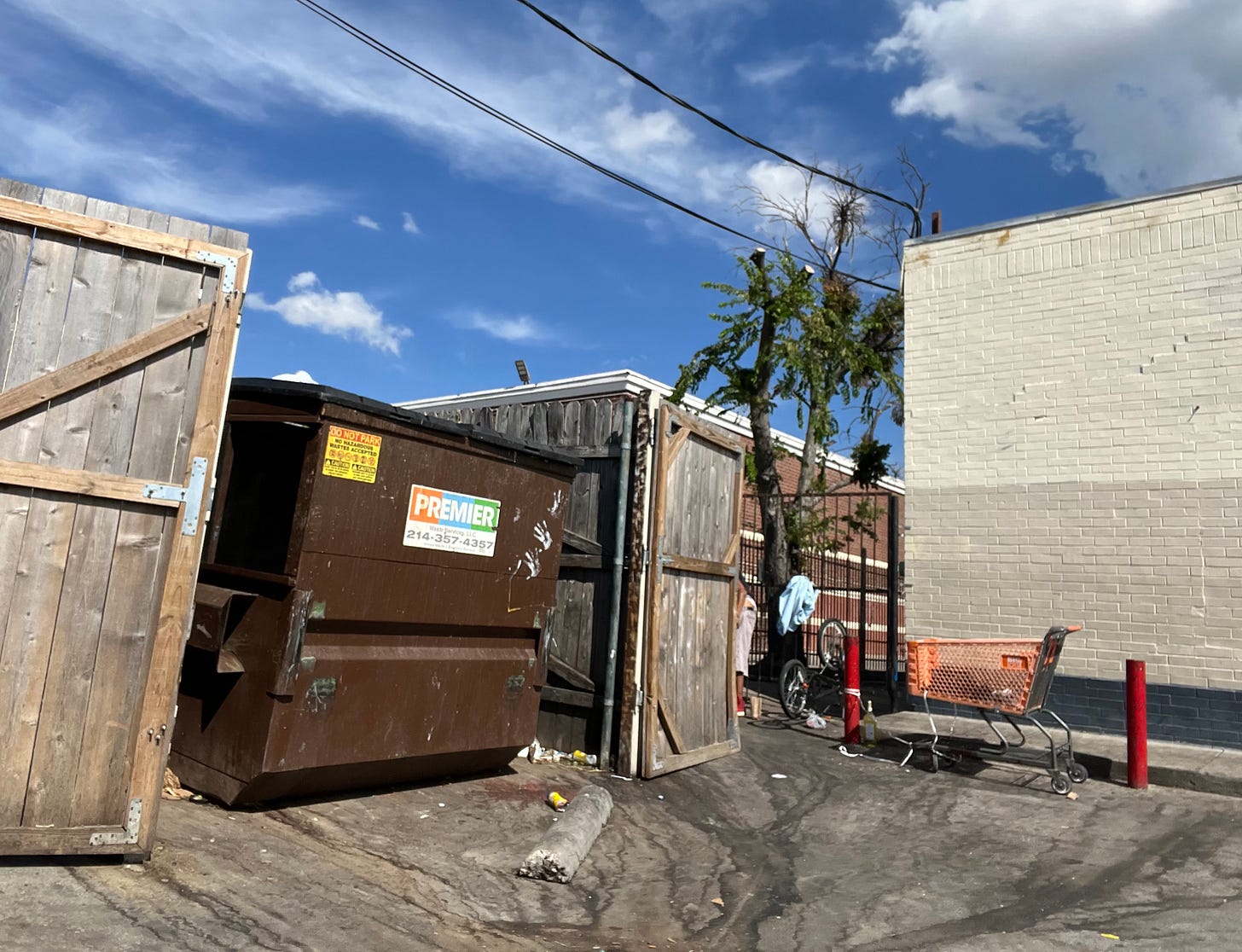

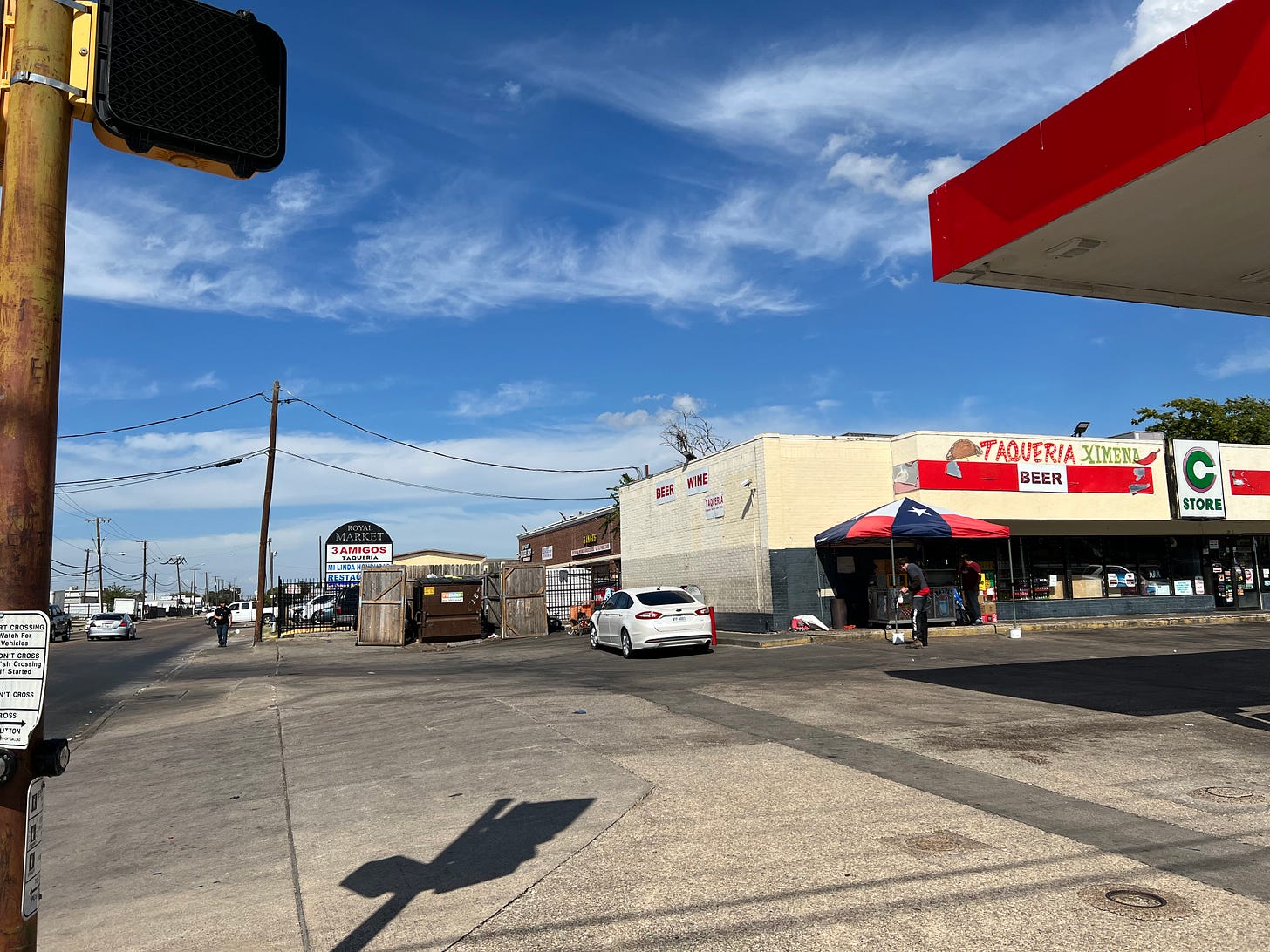
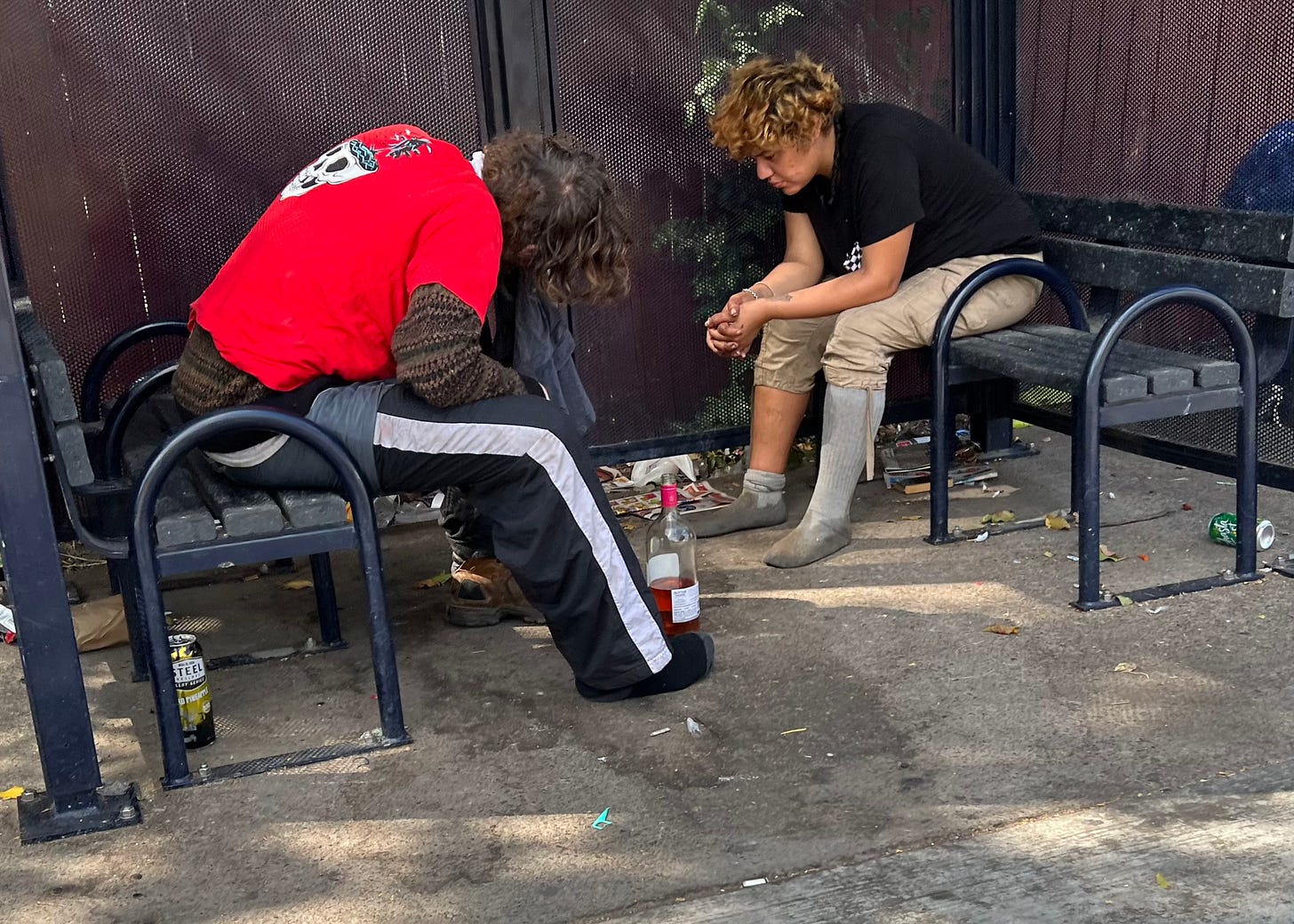



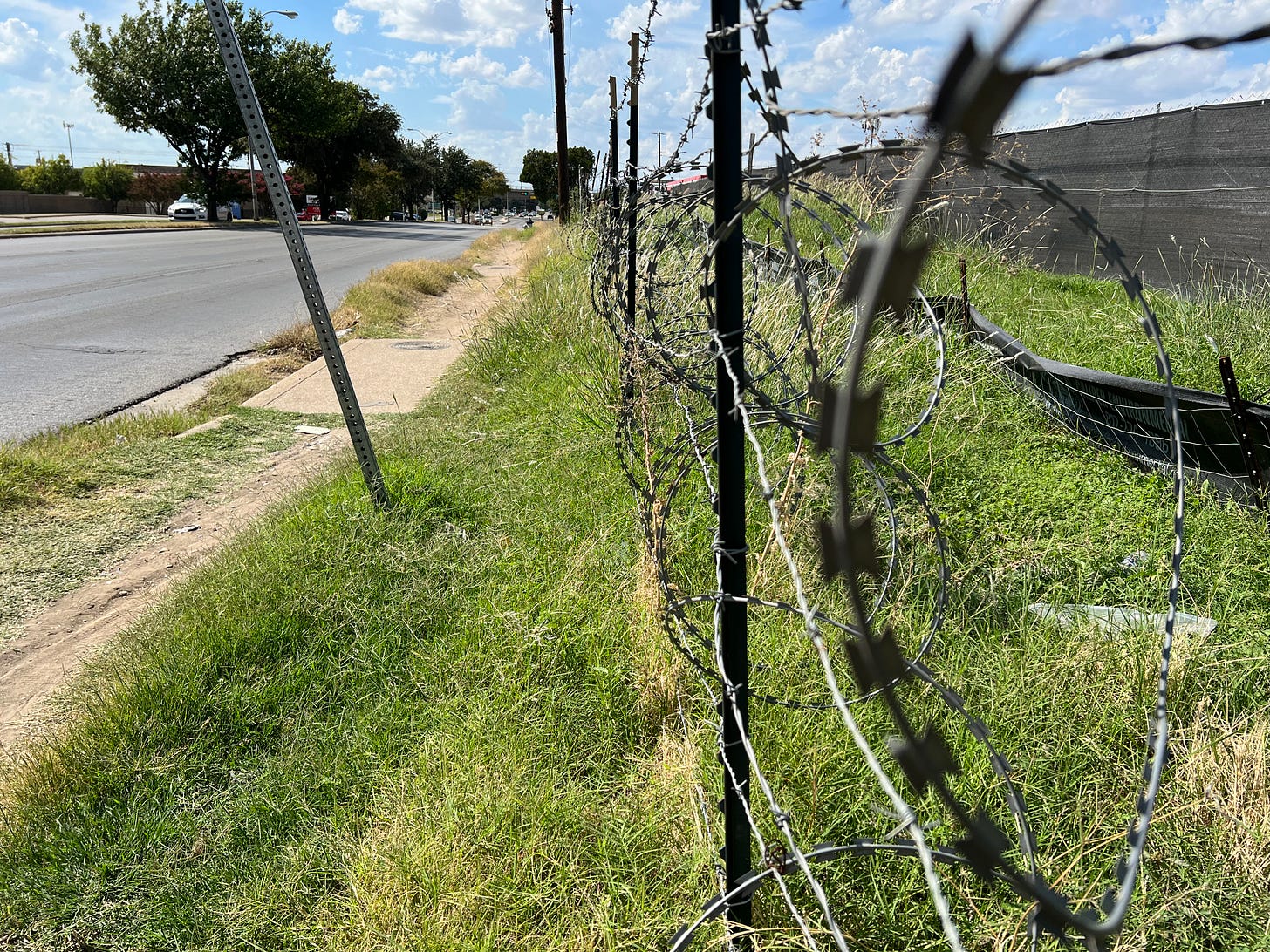
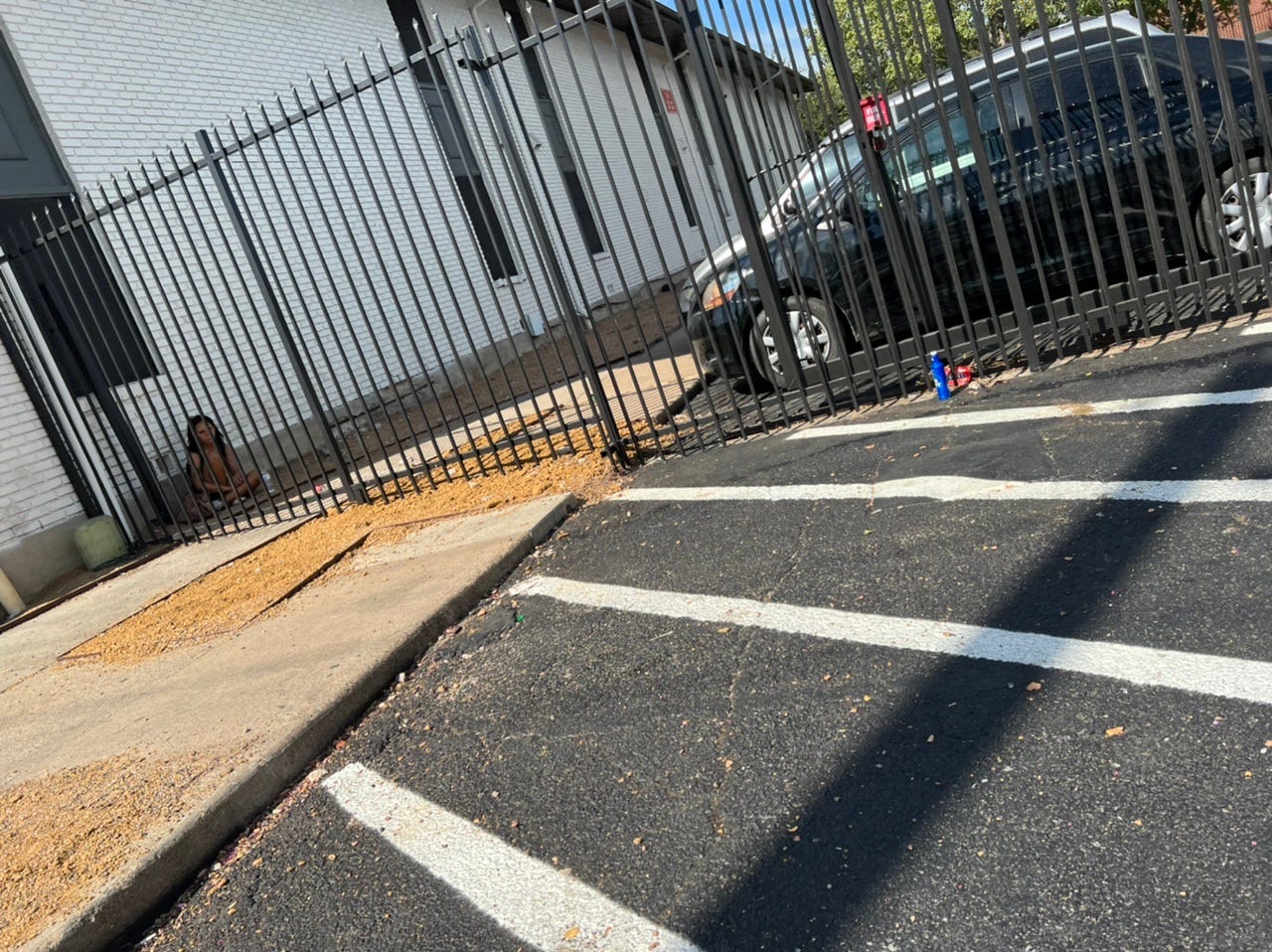

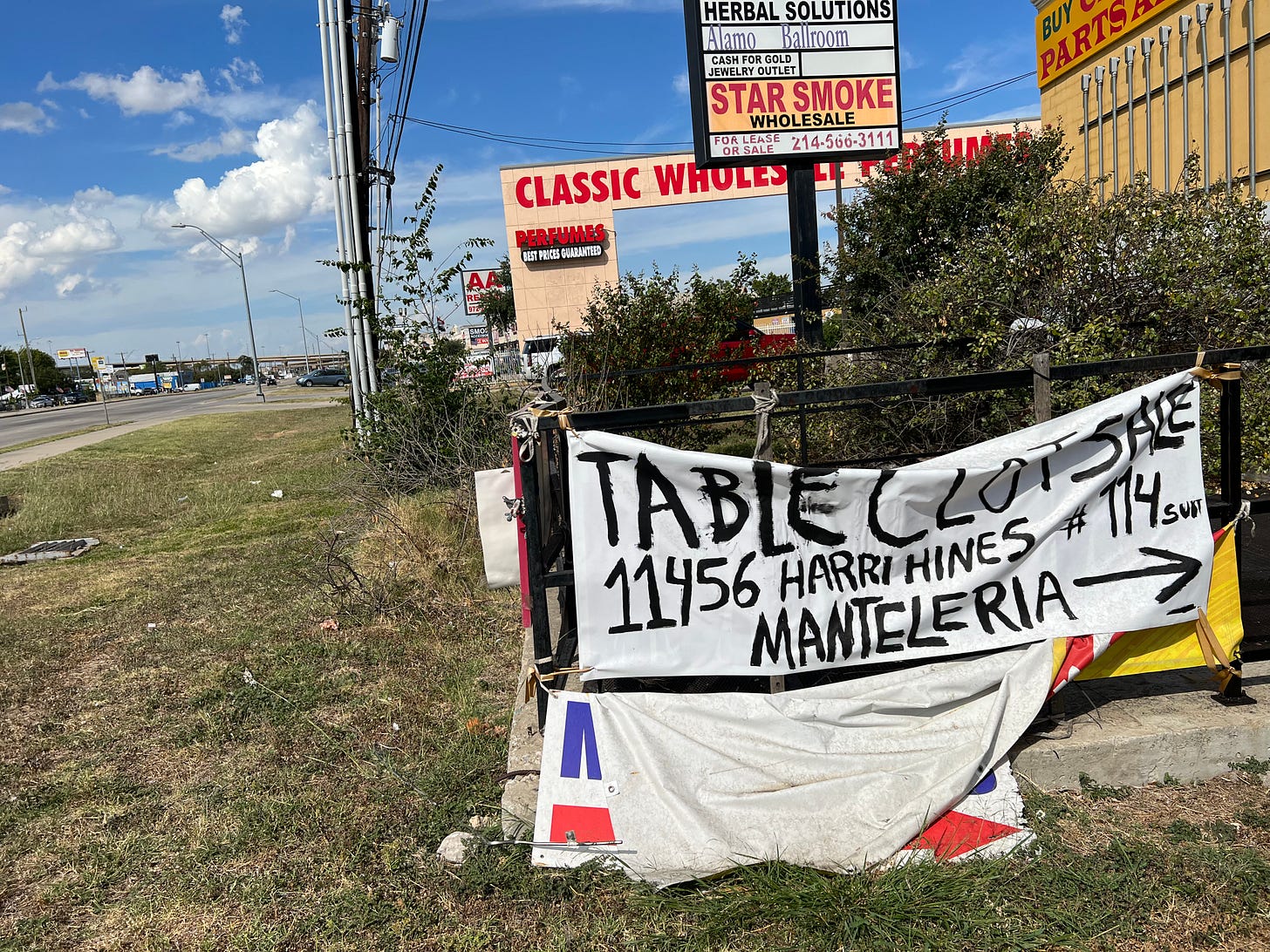


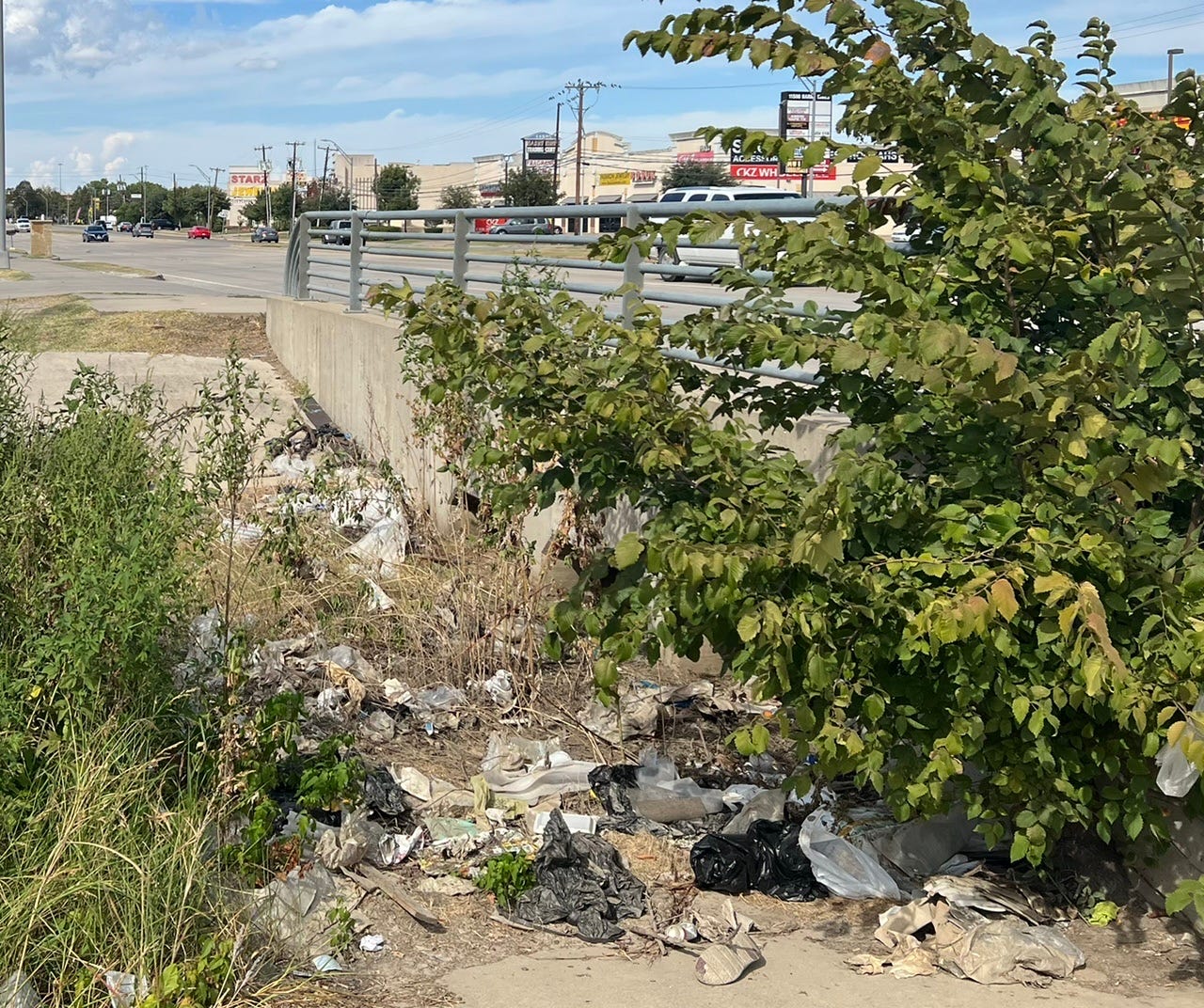
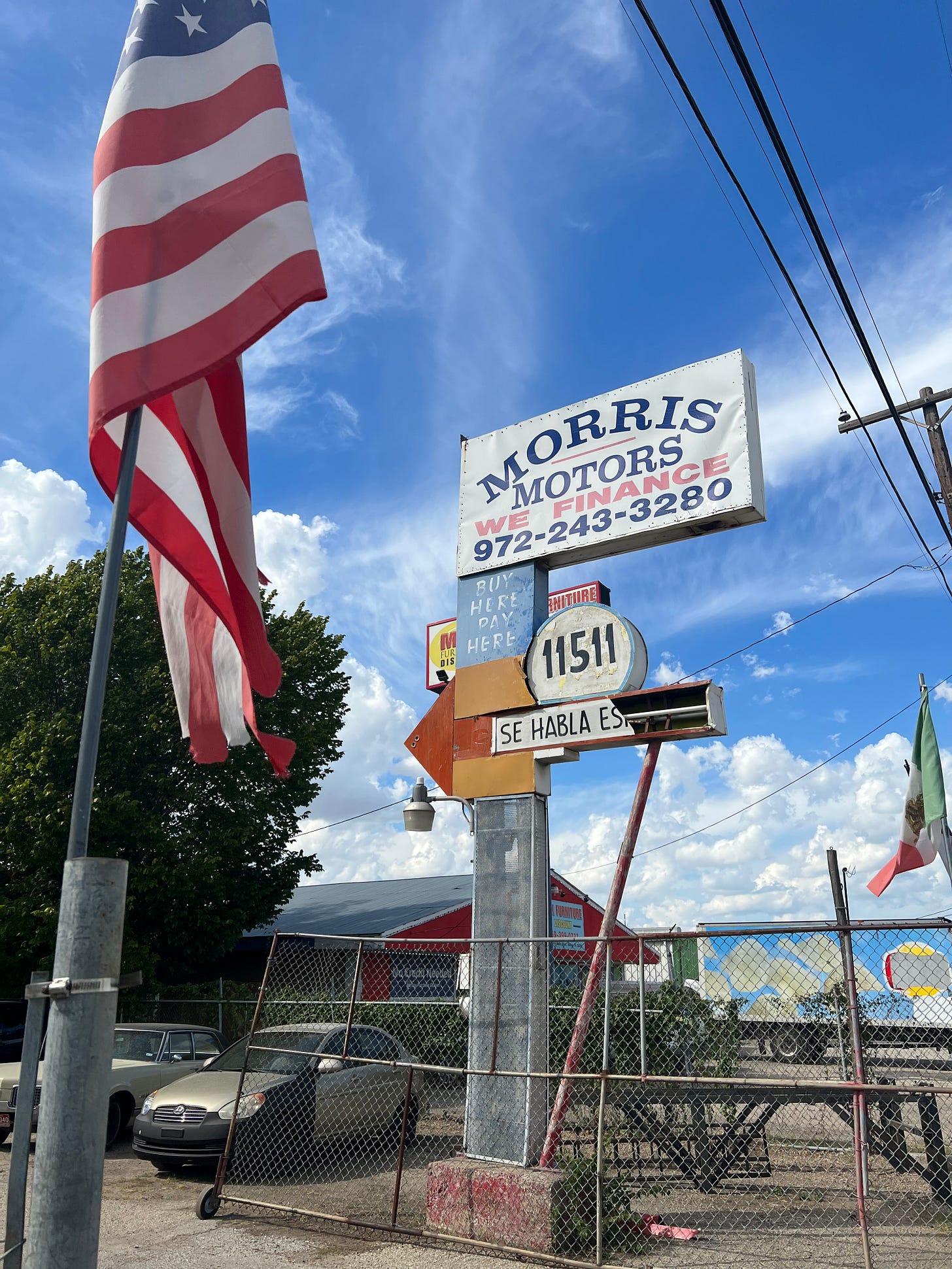

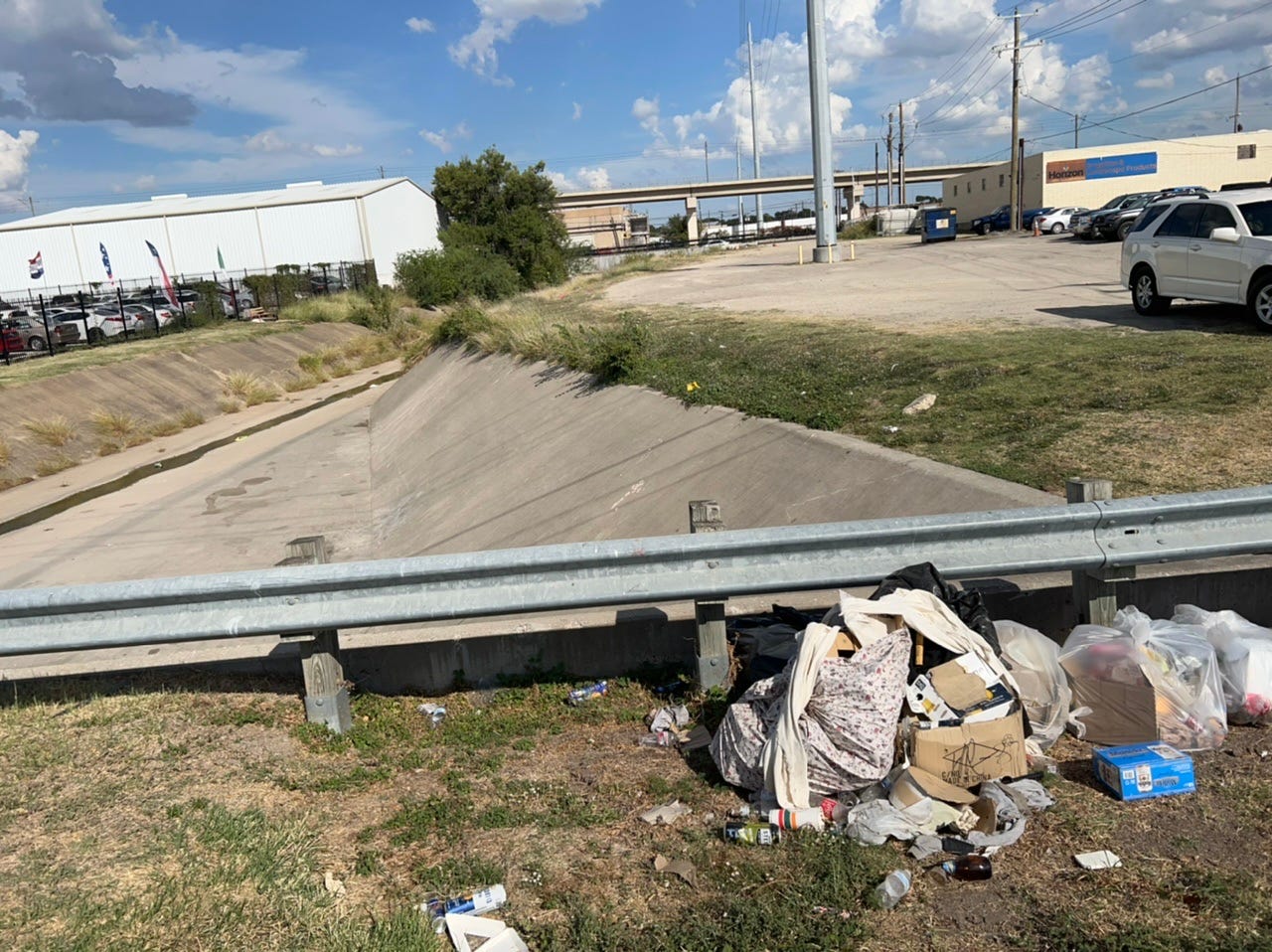
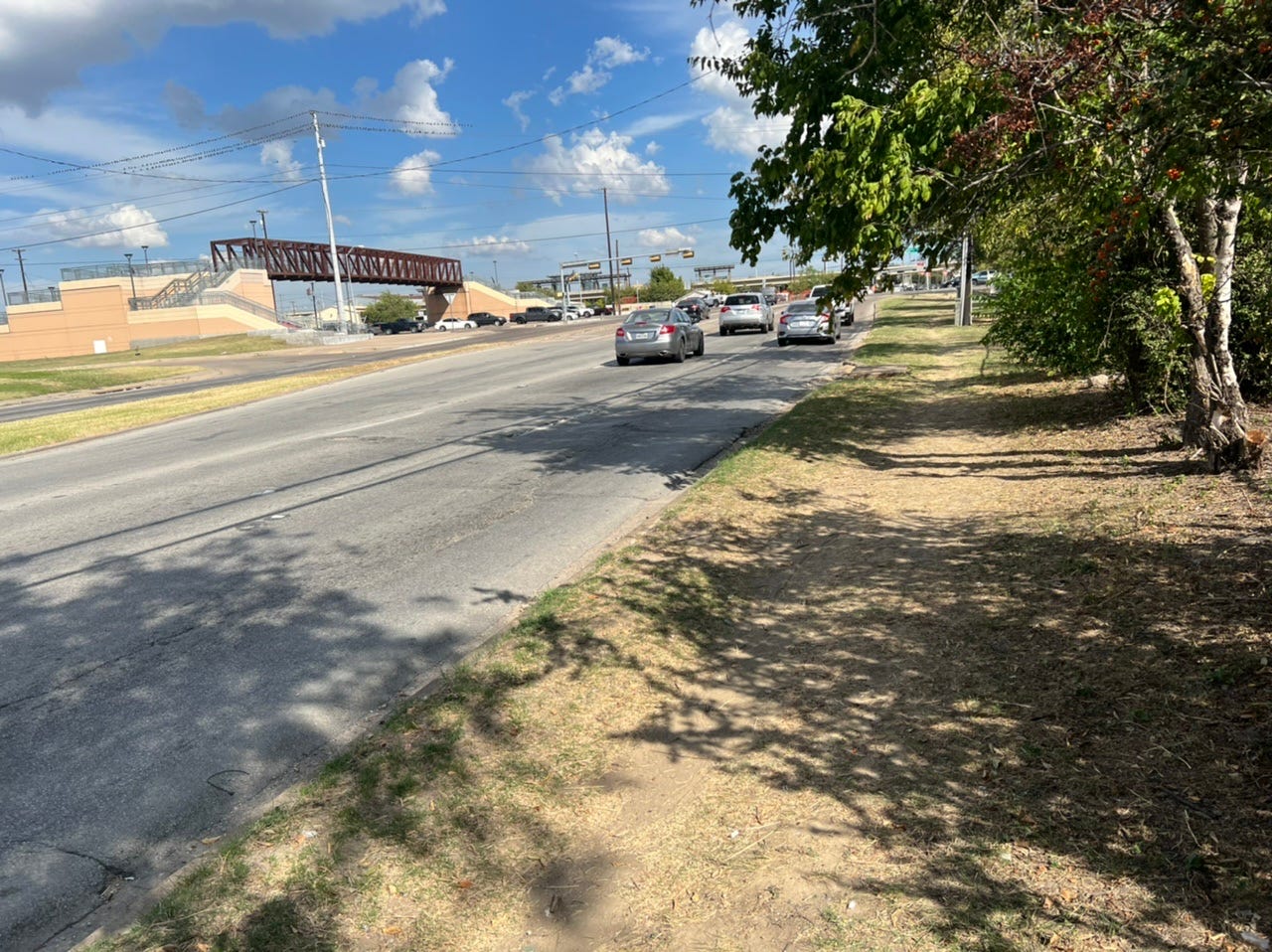
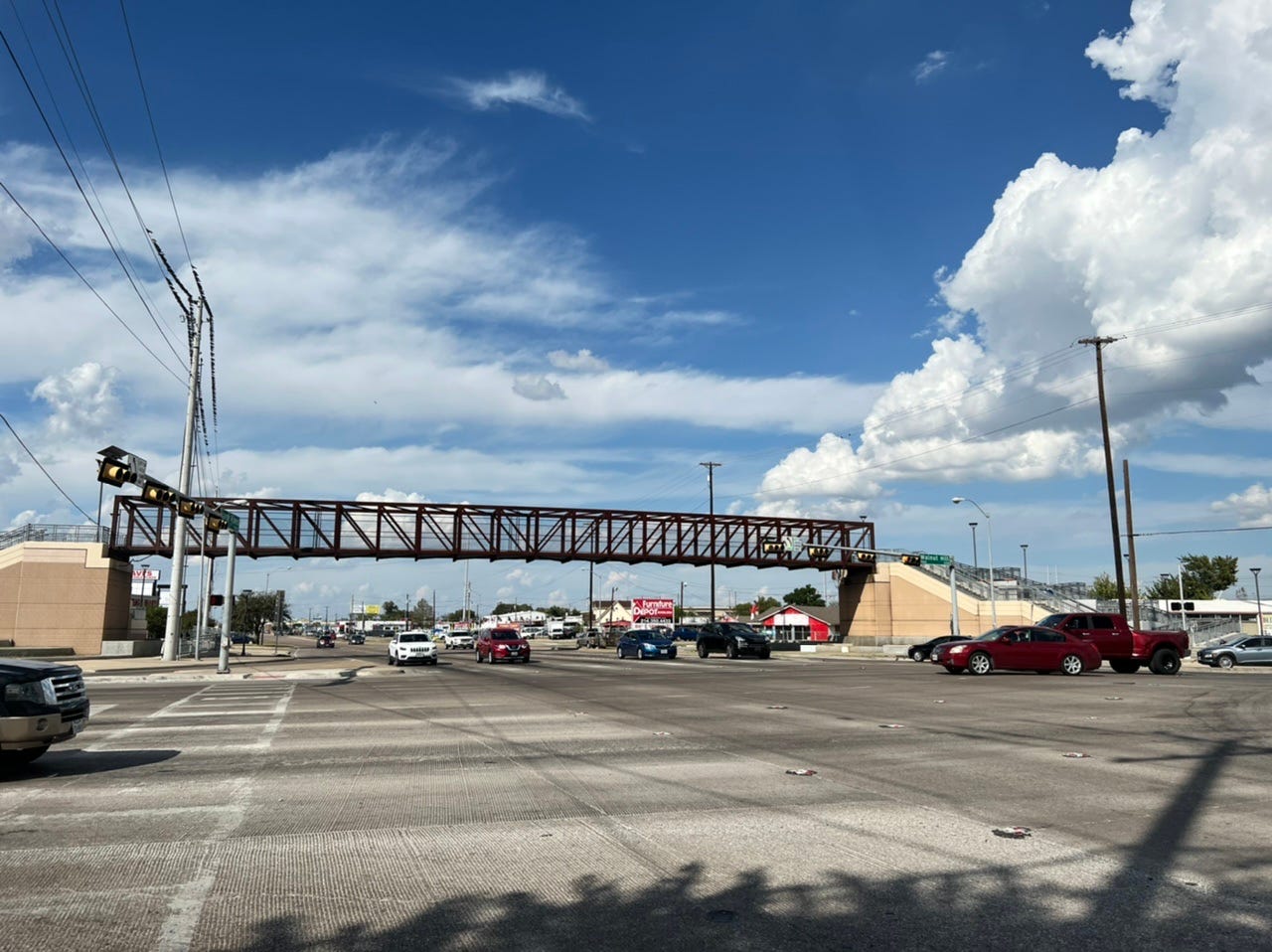

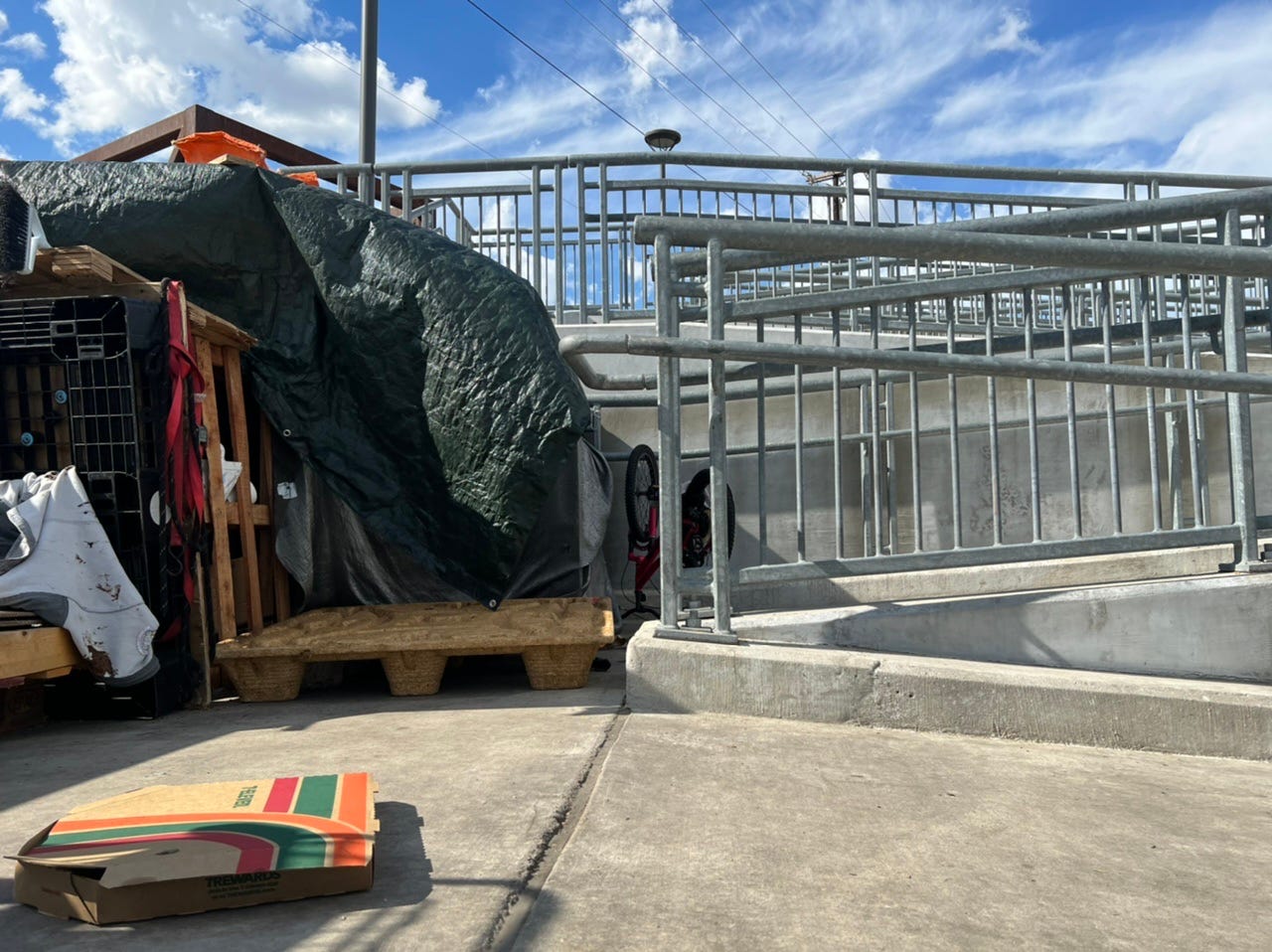
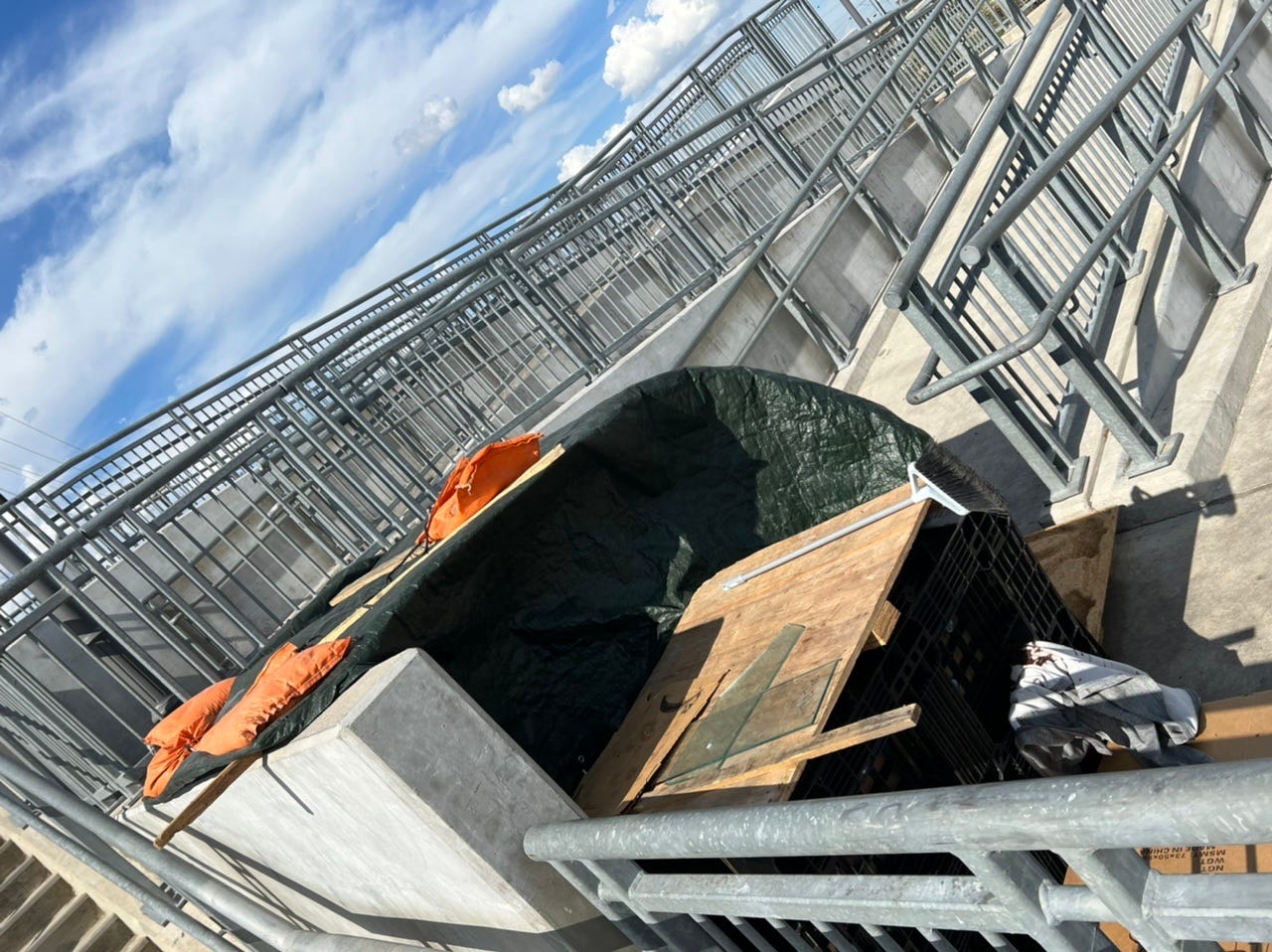
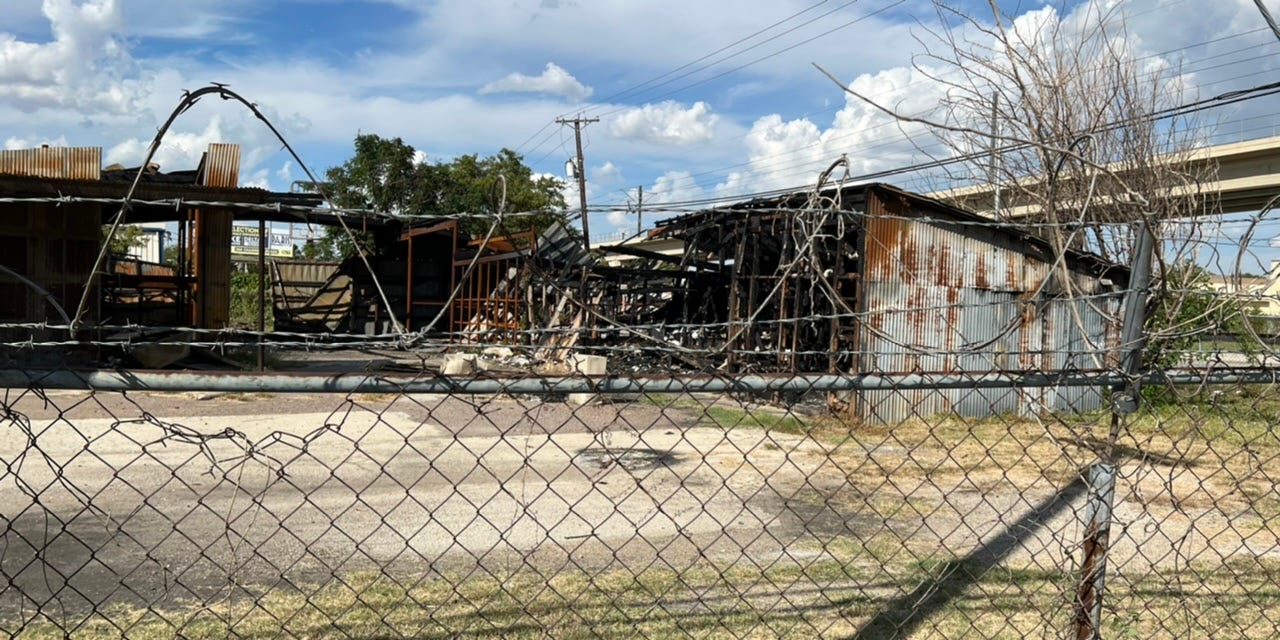
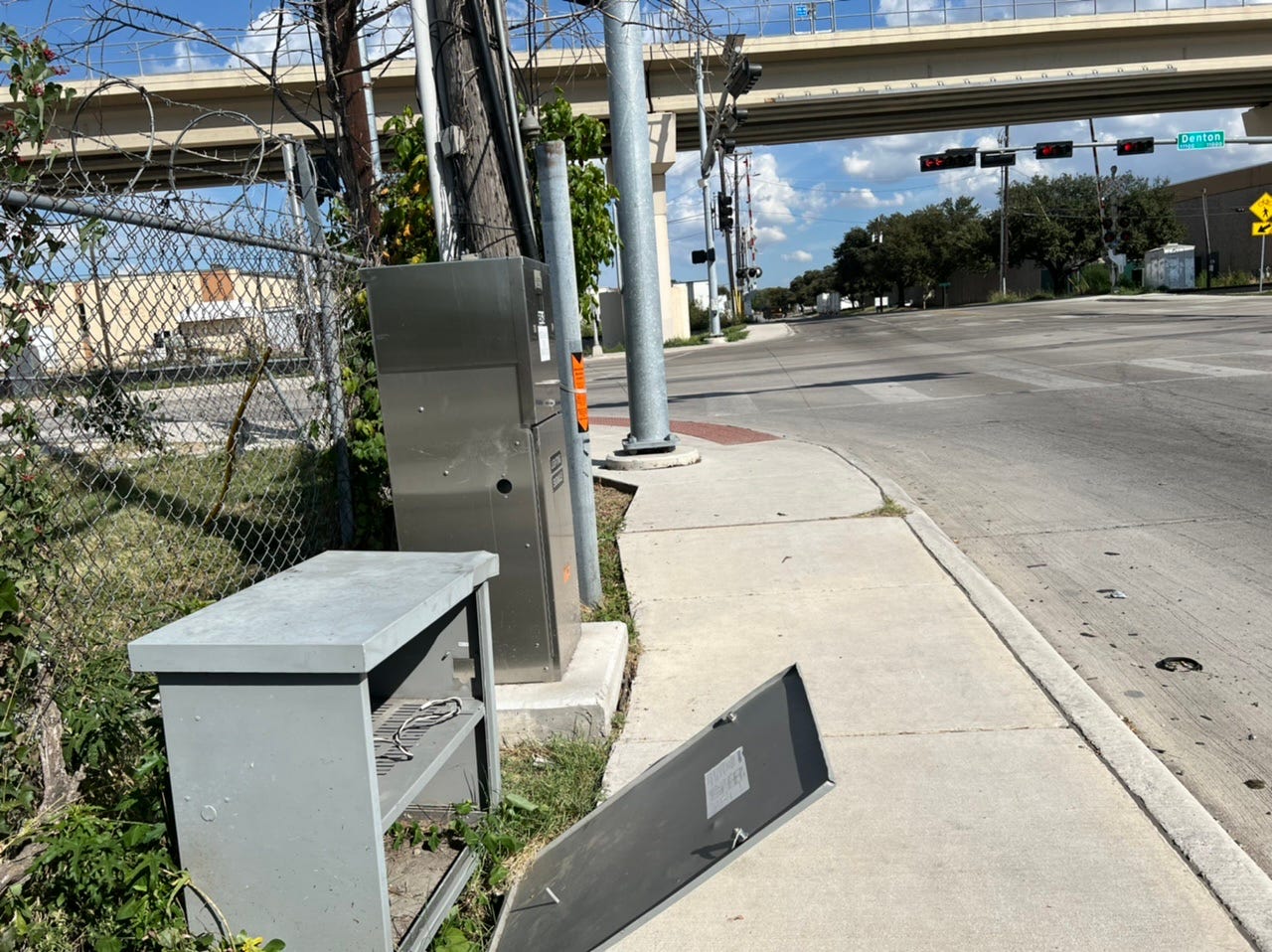


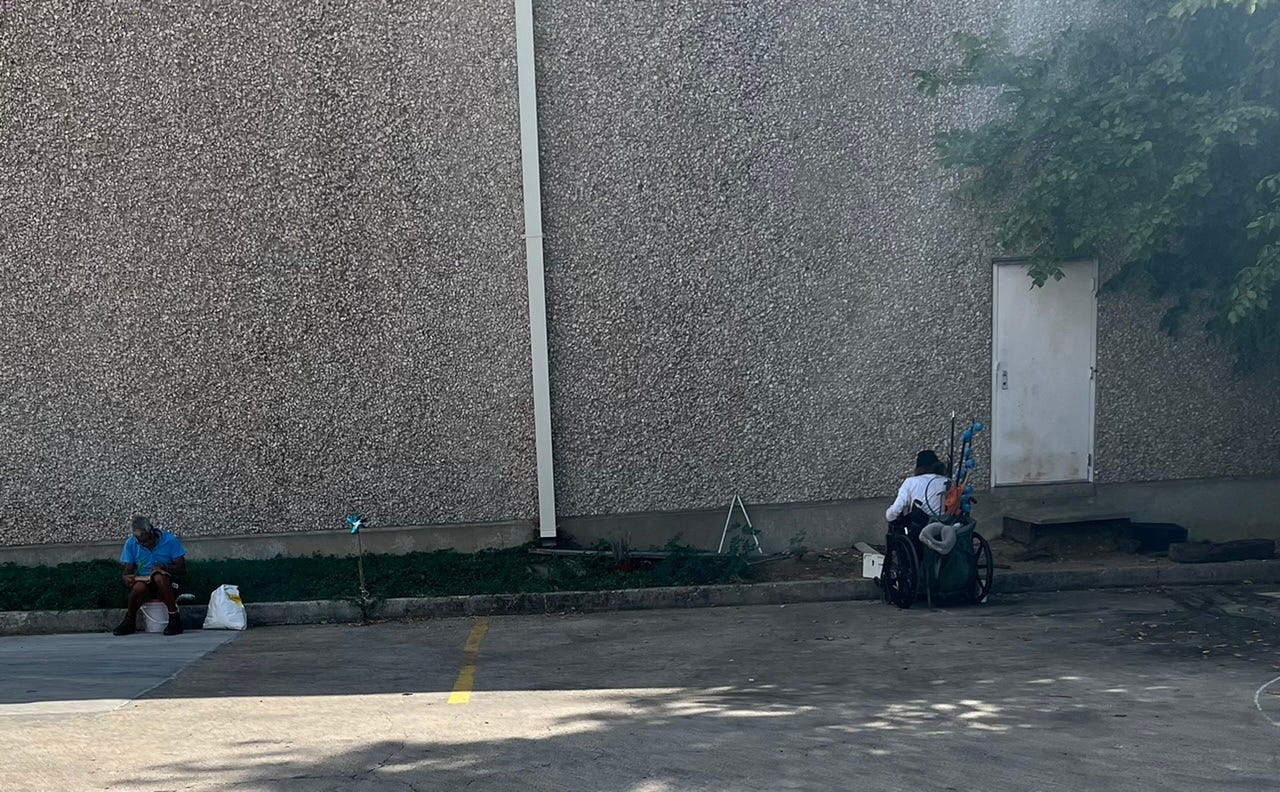
Nice work, thank you for putting this out here. We should be able to expect much better from the city. I am baffled by the neglect and dysfunction.